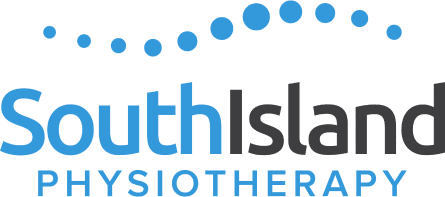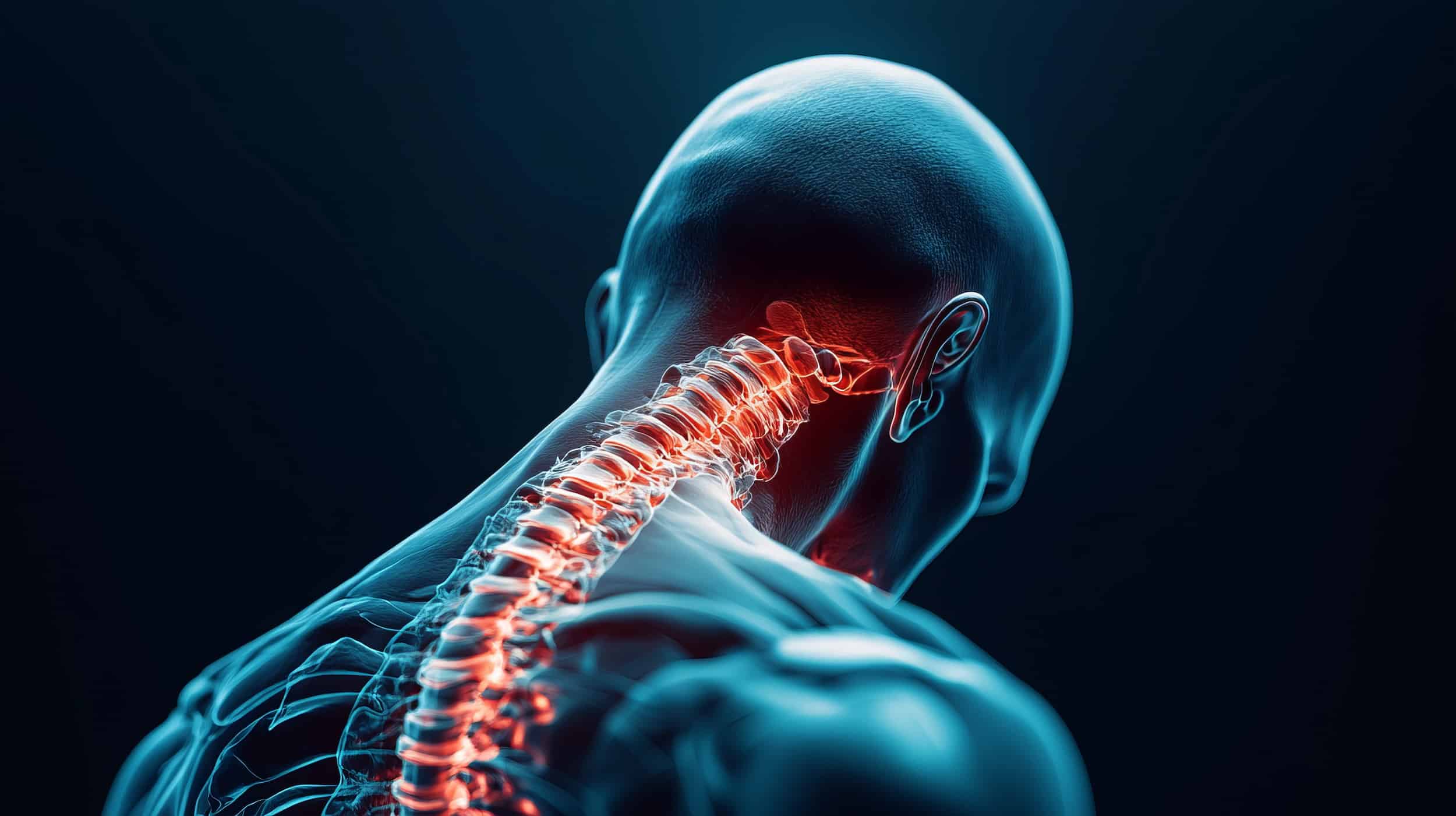Cervical Radiculopathy – “Pinched Nerve” Management in Primary Care
Cervical radiculopathy, often called a “pinched nerve in the neck,” happens when a nerve root in the cervical spine (neck) gets compressed or irritated. This can cause pain, tingling, numbness, and muscle weakness that spreads from the neck to the shoulders, arms, and hands. While severe cases may require surgical treatment, most people can find relief with conservative (nonsurgical) treatment options.
This article explores the common causes, symptoms, diagnosis, and conservative treatment options for cervical radiculopathy.
What Causes Cervical Radiculopathy?
Cervical radiculopathy is often caused by conditions that put pressure on the nerve root.
Common causes include:
- Cervical disc disease: Age or trauma-related changes in the discs between the cervical vertebrae can lead to bulging or herniated discs, which press on the spinal nerve root.
- Cervical spondylosis: Age-related degenerative cervical changes can lead to bone spurs that put pressure on the nerves.
- Injury or trauma: Accidents or sudden movements can damage the cervical spine and cause nerve compression.
- Spinal stenosis: Narrowing of the spinal canal can put pressure on the nerve roots.
Symptoms of Cervical Radiculopathy
Patients with cervical radiculopathy may experience:
- Neck and upper extremity pain: Pain that radiates from the neck to the shoulders, arms, and hands.
- Tingling or numbness: Affected nerve roots may cause a “pins and needles” sensation in the arms or hands.
- Muscle weakness: Some people notice difficulty gripping objects or lifting their arms.
- Radicular symptoms: Symptoms that follow the path of the affected nerve, including pain, burning, or electric shock sensations.
- Neurological symptoms: Loss of reflexes and coordination in the arms and hands.
It’s important to distinguish between cervical radiculopathy and cervical myelopathy. While radiculopathy affects the nerve roots, cervical myelopathy involves spinal cord compression, which can lead to more severe symptoms, including balance and coordination problems.
Diagnosing Cervical Radiculopathy
A Physiotherapist, Chiropractor or Medical Doctor will diagnose cervical radiculopathy based on a patient’s symptoms, medical history, and physical examination. Some tests that may be used to confirm a cervical radiculopathy diagnosis include:
- Magnetic resonance imaging (MRI): This is the most effective imaging test for detecting nerve compression, herniated discs, and other spinal issues.
- X-rays: Can show degenerative cervical changes, such as bone spurs or disc narrowing.
- Electromyography (EMG): Assesses nerve function and helps distinguish between nerve and muscle problems.
Conservative Treatment Options
Most cases of cervical radiculopathy improve with nonsurgical treatment. A primary care doctor or physical therapist may develop a treatment plan that includes:
1. Physical Therapy
Physical therapy is one of the most effective conservative treatments for cervical radiculopathy. A physical therapist can teach exercises to relieve pain, improve mobility, and strengthen muscles that support the neck and upper back. Key techniques include:
- Deep cervical flexor exercises: Strengthening these muscles can help relieve symptoms and reduce pressure on the nerve.
- Cervical traction: A method that gently stretches the neck to relieve pressure on the nerve root.
- Postural correction: Improving posture can reduce strain on the cervical spine and help treat cervical radiculopathy.
2. Medications
Over-the-counter and prescription medications may help relieve pain and inflammation. Common options include:
- Nonsteroidal anti-inflammatory drugs (NSAIDs): Such as ibuprofen or naproxen, to reduce pain and inflammation.
- Muscle relaxants: Can help with muscle tightness and spasms.
- Oral corticosteroids: Sometimes, a doctor may prescribe steroids to reduce swelling around the affected nerve.
3. Use of a Soft Cervical Collar
A soft cervical collar can temporarily support the neck and reduce movement that may worsen symptoms. However, it is generally recommended only for short-term use, as prolonged use can weaken neck muscles.
4. Cervical Pillow and Nighttime Support
A cervical pillow can help maintain proper neck alignment while sleeping, reducing pressure on the affected nerve.
5. Lifestyle Modifications
- Ergonomic adjustments: Using a supportive chair, keeping screens at eye level, and maintaining good posture can help prevent worsening symptoms.
- Activity modification: Avoiding repetitive neck movements or heavy lifting can reduce pressure on the cervical nerve.
6. Epidural Steroid Injections
For severe pain that does not improve with other treatments, a doctor may recommend an epidural steroid injection to reduce inflammation and relieve pain.
When Surgery May Be Recommended
While most patients with cervical radiculopathy get better with conservative treatment, some cases may require surgical treatment if symptoms persist for several months or worsen. Surgical options include:
- Anterior cervical decompression and fusion (ACDF): A procedure where the affected disc is removed and the vertebrae are fused to stabilize the spine.
- Artificial disc replacement: Instead of fusing the spine, an artificial disc is inserted to preserve motion.
A doctor may recommend surgery if a patient has severe nerve root pain, progressive muscle weakness, or signs of spinal cord compression.
Cervical radiculopathy is a common cause of neck and arm pain when a nerve in the neck is compressed. Fortunately, most cases improve with conservative treatment, including physical therapy, medications, cervical traction, and lifestyle adjustments. While surgical treatment may be necessary for some patients, nonsurgical options can effectively reduce pain, improve function, and help individuals return to daily activities.
If you are experiencing symptoms like neck and arm pain, muscle weakness, or numbness, our expert team at South Island Physiotherapy in Victoria, BC, can help! Contact us for a proper diagnosis and treatment plan. With the right approach, most patients can successfully relieve symptoms and avoid surgery.

